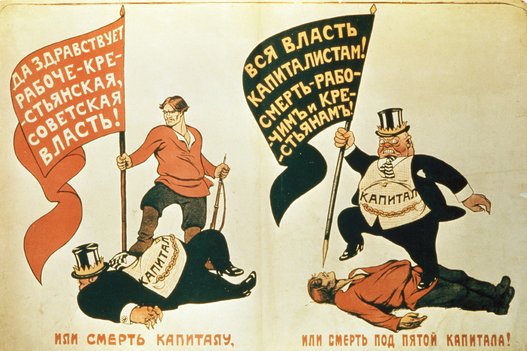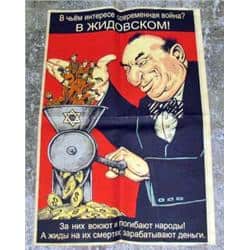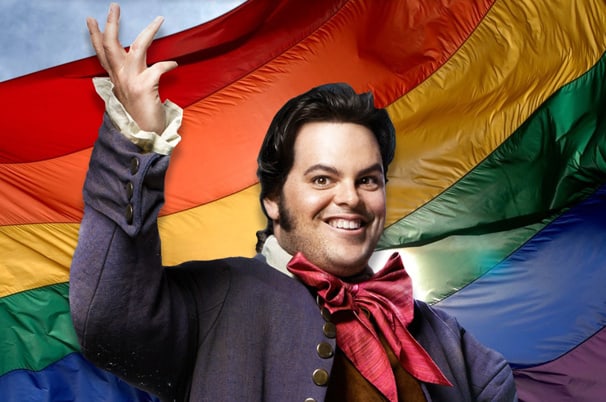Amidst the academic maelstrom, pacify your hearts with our tips and tricks of writing an apt assignment, as they might just be your saving grace.
Between incubating fond remembrances during the months of February and March which are huddled with the fest season and reminiscing back on the months/years gone by in April, the home of the farewells, there comes a brief stretch of time when all that remains are social media feeds full of hyperventilating posts of being stressed with internal submissions. Here’s a list of don’ts to ensure that your assignment is received with satisfactory scores!
Don’t start sentences before knowing where they should end
Start your assignment with a generic thesis about what your essay endeavours to entail. Let the top sentence of a paragraph explain what the next few lines are about. If you still choose to type down random words flowing out of your intellectual space, then may the force be with your teacher.
Don’t end up copying verbatim
If you haven’t been scared off by the ethical advisement against plagiarism, then chances are your attendance marks are zero. The temptation to copy and paste from the online reading material is unparalleled, but in perspective, it’s just a different shade of stealing.
Don’t mistake critical readings for décor
Remember the bunches of photocopies of essays and readings lying somewhere in your bag or between the ruins of your study table? Yes, they are supposed to be transcended into the depths of your mind so that those ideas can be presented in your papers. Unusual concept, is it?
Don’t take deadlines for granted
Dates circled on the calendar or reminders by friends are not frivolous spams which are out to vex you. If you plan to stick by the deadline initially, there’s a good chance you might actually end up submitting on time.
Don’t end up doing the opposite
These are they key ingredients to prepare an almost-perfect assignment. A dash of carelessness and a spoonful of laziness might end up giving you low scores. Tread this path carefully; for the road to writing assignments is dark and full of terror.
Saumya Kalia
Image Credits: All About Comprehension







